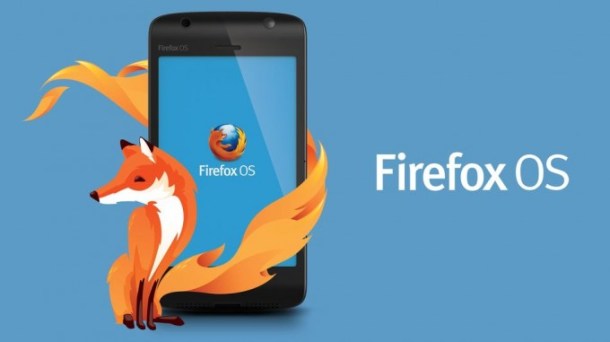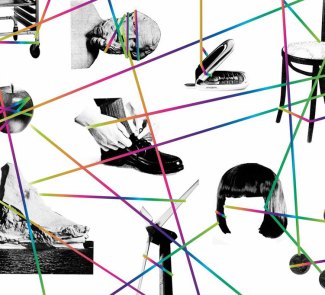The open source movement is evolving to encompass more areas of our lives.
The basic definition of open source is one which says that the source code of a program can be freely downloaded, used, modified and redistributed by anyone. The open source applications are usually available for free however this does not prevent their creators from charging for them if they wish to do so.
There is a small philosophical difference between the concept of free software and open source; the Free Software movement has been led by Richard Stallman for many years. It has an ethical and moral tone, which focuses primarily on the freedoms that are offered to users, while not every open source project is fully adapted to these philosophical standards. Open Source spokesmen are more pragmatic and their reasons for using the model are based on the practicality that it provides by using this type of software, and on how it could be good for business.
A world of open source
The open source model could and should be applied in all kinds of research and development, not only in software. If science were to adopt an open model, there would be savings in costs and efforts involving redundant processes and the means by which results are obtained could be accelerated.

There is a very appropriate analogy that compares open source with those recipes shared by generations of the same family. For example, any cook or chef is free to follow the recipe and modify or adapt it to their liking, including their own ideas, and passing it on to their friends and improving it over time. The main goal of open source is, of course, mutual benefit.
Such principles are fundamental for innovation. Ecosystems that remain completely closed tend to progress more slowly. There are clear examples of how open development and the implementation of open source models can lead to success and even inspire on many levels.
The success of open source
Stories such as Linux, Firefox, WordPress, Wikipedia, are some of the most widely known, and are based on the simple idea that the source code should be available for anyone to use, modify or redistribute freely. If an appropriate organizational model is followed, we can trust that the masses will know not only how to take advantage of the freedom that comes with the open source, but that they will also be able to collaborate seamlessly to improve any industry or service and seek the common good.
Whenever many people contribute toward the same goal, everyone benefits. The philosophy of transparency and collaboration puts people in charge and encourages them to provide open content on open platforms, far beyond the technology areas. If we wish to resolve a problem, having access to the source of it is the best way possible to attack it.
Many of the most successful companies in the world attribute at least part of their success to open source platforms: Amazon uses Apache as web server, large parts of Yahoo! are built on Linux, FreeBSD and Apache, written in PHP and Perl; Google has based its mobile Android operating system entirely on Linux; Mozilla has developed Firefox, one of the most widely used browsers in the world for years. Now it has also created a new operating system for mobiles that is entirely open and with great potential: Firefox OS, a major open source project that gives life to mid- and low-range terminals that had not received the best from current software, and has the support of Telefónica to forward it to eager users around the world.

The flexibility of free software allows costs to be cut in many ways and accelerates the development of projects by having fewer restrictions that can occur whenever closed models are used. These freedoms end up being important for users, developers and for companies; and, at the same time, society can adapt the model to make culture flourish while scientific research can achieve results more quickly which will have repercussions that benefit all of humanity.
This post has originally been published on the Public Policy Telefónica Blog









